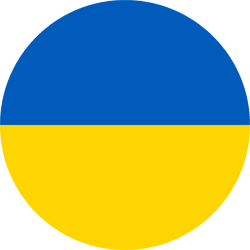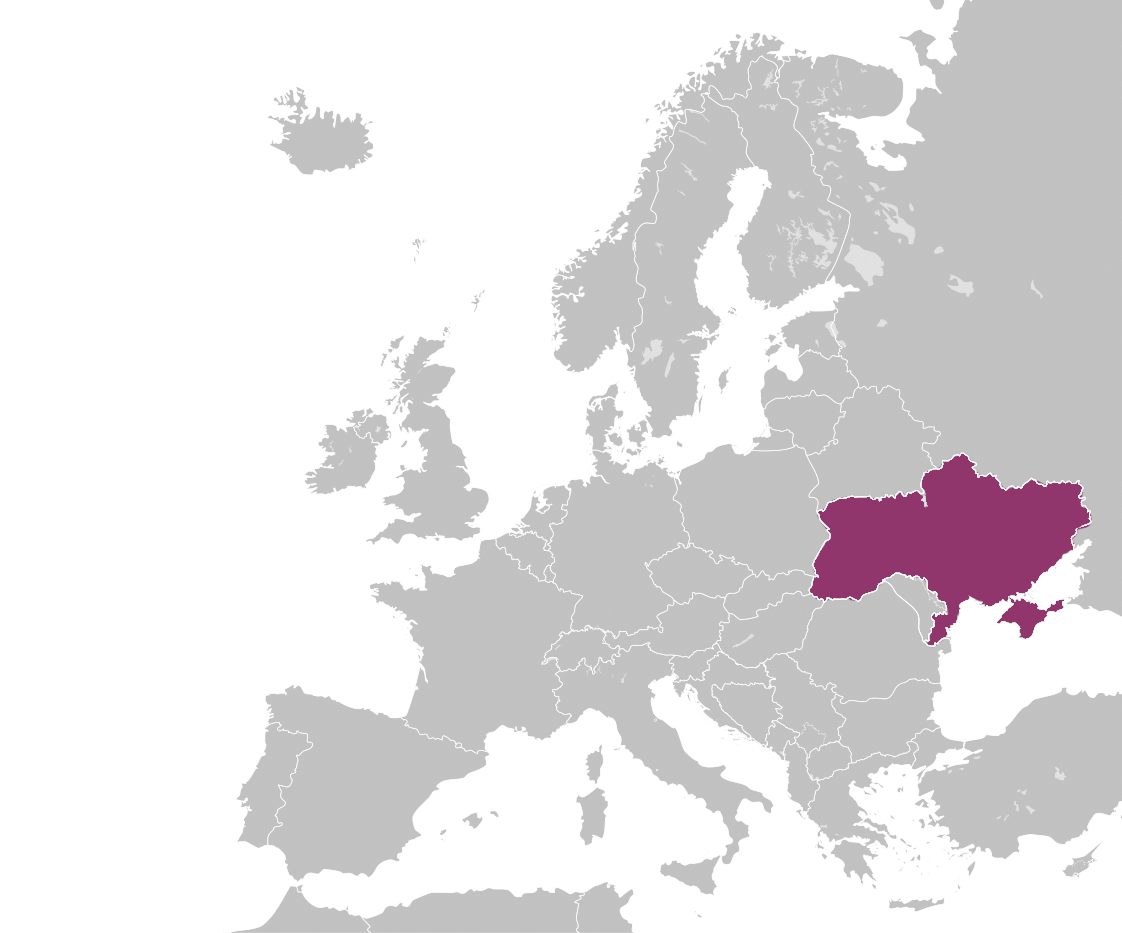
Ukraine

Since the escalation of the war in February 2022, until mid-October 2024, nearly 6.8 million refugees4 from Ukraine have been recorded – 92 per cent of them in Europe. Inside Ukraine, an estimated 3.6 million people5 remain internally displaced as of October 2024.
Among the most vulnerable are also an estimated 12.6 million as of March 2025 people who were not displaced from their homes but who have been directly affected by the war – they have been wounded, their homes have been destroyed, their family members died.
Civilian infrastructure, such as power grids, water supply networks. hospitals transportation infrastructure, have been targeted by the daily missile attacks, severely disrupting people’s lives across the whole country, and particularly in the East.
2 000 schools,
2 100 attacks
30.01.2024
Smart Charity – Using Technology to Make a Difference
The usage and expenses related to new technologies have dominated the business world, and this trend extends to non-profit organizations. What technological solutions are used in non-profit organizations? What are the characteristics of Smart Charity?
Smart Charity is a new concept describing a modern and agile non-profit organization that utilizes new technologies daily to efficiently use its resources and provide precise assistance to its beneficiaries. Research indicates that non-profit organizations are increasingly and more willingly adopting modern technological solutions to support their activities. According to the “Nonprofit Trends Report” (Salesforce, 2022), 77% of third-sector representatives believe that new technologies can ensure the success of their actions. Among high-maturity organizations, 93% agree with this statement.
Smart Charity emphasizes better resource management and precise assistance, especially during humanitarian crises.
Non-profit organizations frequently use online tools to support their activities and accelerate processes. Many companies that provide these tools, driven by a sense of mission, offer NGOs favorable prices or free access to their programs. Some of such companies are Slack, MailChimp, GetResponse, Photoshop, and Canva.
Agile organizations also reach for less popular tools and adapt them to their needs. Typeform, software used for creating online forms, was utilized by the Polish foundation Good Factory to identify the needs of Ukrainians in war-torn regions of the country and evaluate actions taken to aid Ukrainian refugees. The foundation is a member of the specially created group of humanitarian organizations “Emergency Task Force.” It is responsible for coordinating cash assistance during extraordinary situations. Using Typeform, Good Factory prepared Emergency Response Guidelines, which Cash Cluster (a relief effort focusing on cash assistance) successfully implemented to aid victims of rocket attacks, gunfire, and disasters caused by war actions, such as the explosion of the Nova Kakhovka Dam. The tool, once adapted by the Foundation, allows many humanitarian entities ad hoc access to information, as well as ongoing updates on the humanitarian situation in crisis areas, the needs of the affected, the assistance capabilities of various organizations, and the aid already delivered.
“This tool surprised our partners operating in Ukraine, including large international humanitarian organizations. We found that with the simplest tools, we can achieve our goal without significant investment. It was just about precisely adapting them to our needs,” says Mateusz Gasiński, President of the Foundation’s Board. “Imagine a simple system. Victims of the flood caused by the attack on the dam in Nova Kakhovka report their needs to the rescuers. This goes directly into a system that immediately shows which organization operating in that area has the resources to provide specific aid, from which warehouse to deliver the aid, etc. Such a system operates efficiently in Ukraine thanks to Good Factory. It allows for quick response to the constantly changing situation within 30 km of the front line and makes it possible to deliver food and hygiene products effectively and safely. In war conditions, this is crucial because people often wait weeks or even months, not knowing if a particular organization will be able to help them,” he adds..
Good Factory is one of many non-profit organizations fitting the definition of Smart Charity. There are many examples abroad of NGOs utilizing new technologies to support their operations. Among them is the Danish Refugee Council, an organization using artificial intelligence and machine learning to predict forced displacements in Afghanistan, Myanmar, and West Africa. Currently, the DRC is working on expanding its operations to all major and potential displacement crises. The Foresight tool used by the organization uses open data from sources such as UNHCR and the World Bank to predict forced displacements in a country within the next 1-3 years. These forecasts are used for strategic planning and increasing the operational readiness of the organization and the sector in which it operates.
Another example is rAInbow, an intelligent conversational companion designed by the organization AI for Good UK. The tool was created for people in unhealthy, abusive relationships. rAInbow is a chatbot that provides support and conversation for domestic violence victims. It also helps recognize signs of violence and provides information on how and where to seek help.
Technologies in non-profit organizations – for fundraising and remote work
An example of the increasing use of new technologies in non-profit organizations can also be seen in their growing use of the internet and social media. According to the “The State of of Non-Profit Organizations” report from 2018, 15 years ago, 60% of non-profit organizations communicated their activities through the internet, while today, 80% of them use the internet for this purpose. Over the last few years, the number of third-sector entities with social media accounts has also significantly increased – from just 24% of organizations in 2012 to 63% in 2018. This percentage is likely even higher in 2023.
As far as online activities are concerned, one of the most important actions that organizations plan to undertake is the implementation of new programs and services (27% of organizations), increasing the scope of remote work (26%), and collecting more online donations (26%).
“Technology allows us not only to manage resources but also to acquire them. We draw a lot from e-commerce – we run a market of good deeds, GoodWorks 24/7, where you add to the cart not products, but specific aid packages. In social media, we tell the stories of our beneficiaries, engaging donors, and with the help of virtual reality, we offer them a walk through the orphanage they support – even though it’s 7000 km away from Poland. Technology, for us, is like bridges, connecting people in need with those who believe that things do not have to be this way,” comments Mateusz Gasiński from the Good Factory Foundation.
The Good Factory Foundation, operating in the spirit of Smart Charity since 2014, is an agile, modern organization that, thanks to its knowledge, experience, and technology, delivers precise aid in places where the needs are biggest. It provides assistance to nearly 140,000 people annually on three continents: in Africa, Asia, and Europe – the beneficiaries of 11 projects in 10 countries: Bangladesh, Burkina Faso, the Democratic Republic of the Congo, Greece, Lebanon, Mauritania, Poland, Rwanda, Senegal, Togo, and Ukraine.
